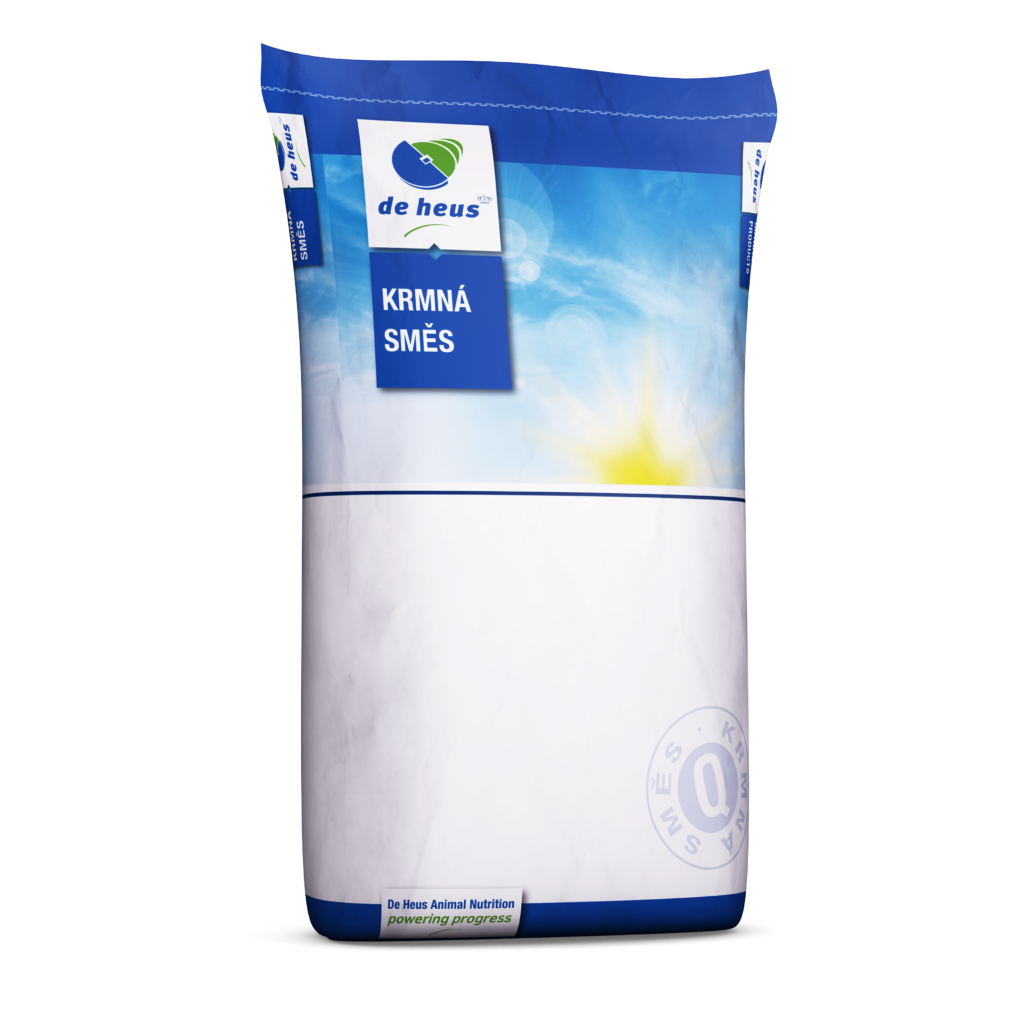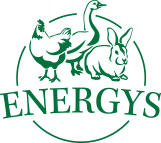Rabbits
Poultry
Laying hens
Quails
Guinea pigs
Pigs
Ostriches
Sheep and goats
Pigeons
Pheasants
Forest animals
NUTRITION AND FEEDING OF CERVIDS
Cervids (red deer, fallow deer, roe deer) play a key role in ecosystems and are a beautiful example of wildlife in Czech forests. Proper nutrition is crucial for forest game to maintain good health and vitality. In this article we will look at some important aspects of the nutrition and feeding of forest animals.
Quality coarse fodder
Quality coarse fodder such as hay, grazing and maize or clover silage are essential components in the diet of forest game. For cervids, coarse fodder should make up to 80% of the diet. When feeding with coarse fodder, we must always pay attention to its quality. Coarse fodders should never be mouldy and should have the right smell and colour. High quality coarse fodder is crucial for maintaining a healthy digestive system and the overall condition of game. Hay is rich in fibre and promotes proper chewing, which is important for teeth grinding. Grazing allows game to move around and engage in natural foraging behaviour. Silage can then be used in periods of grazing shortage, especially in winter. The right combination of these coarse fodders ensures a balanced feed ration, promotes healthy growth and contributes to the overall vitality of forest game.
Feed mixtures
The most commonly used feed grains for forest game have historically been oats, maize, wheat and barley. For optimum nutrition, feed mixtures designed for deer can also be provided. Such mixtures contain a balanced ratio of protein, fat, fibre, minerals and vitamins. Feed mixtures usually include various cereals, which are mainly a source of energy for the animals. They also contain legumes, such as soya, which is a source of good quality protein. Grass or alfalfa pellets ensure sufficient fibre in the mix. Alfalfa also contains a significant amount of protein. Good sources of fats and oils in the mixture are flaxseed, sunflower or the aforementioned soybeans. Minerals and vitamins are usually added to the mixtures by premixing.
Healthy growth and antler development
It can be said that some feed materials can affect antler quality. Minerals, especially calcium, phosphorus, zinc and copper, have a great influence on antler quality. Soy protein also has a positive effect on the antlers. It contains all the essential amino acids (lysine, methionine, threonine and valine), making it a complete source of protein. These amino acids are one of the main pillars for proper growth and development of antlers.
Feeding of forest game
When feeding forest game, it is advisable to follow rules that promote safety and preserve the natural environment for the animals. The ideal place for feeding should be well thought out in accordance with natural cycles. For example, animals can be stimulated to search for food naturally (hidden places), but the location should always respect the needs of the game. It is also advisable to take into account the natural food composition during the year, for example in the summer months they have green fodder as their main food source. It is also important to follow a regular feeding regime and not to overfeed wild animals to avoid their dependence on humans.
Related posts
1. March 2024
Cervids (red deer, fallow deer, roe deer) play a key role in ecosystems and are a beautiful example of wildlife in Czech forests. Proper nutrition is crucial for forest game to maintain good health and vitality. In this article we will look at some important aspects of the nutrition and feeding of forest animals.
Related products

GAME RESERVE
Supplementary granulated feed mixture for deer and fallow deer. The feed has a balanced ratio of nutrients that positively influence the health, reproduction and overall condition of the animals. The feed has a positive effect on the antlers. Ensure that animals have free access to sufficient safe drinking water and roughage.

ZOO C
A supplementary feed mix intended for ZOO partridges and forest game. It contains suitably chosen components garaunteeing a balanced ratio of nutrients in the mix and thus supports a good state of health. Give with a voluminous feed.
